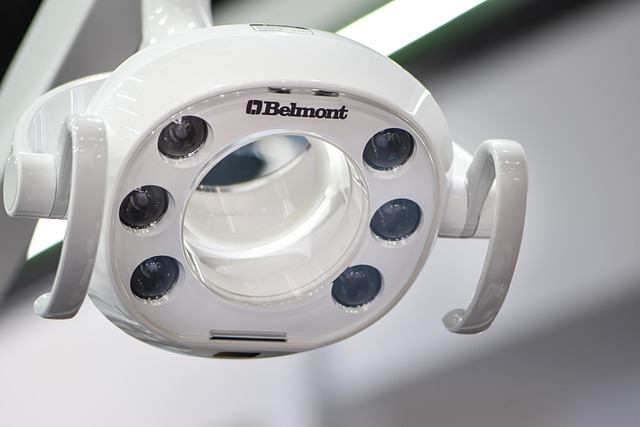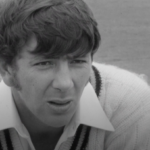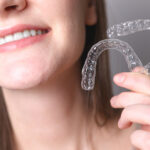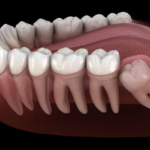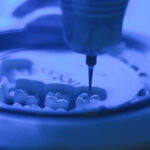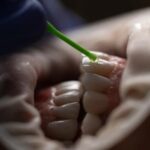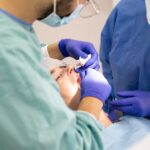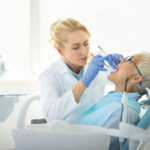Curing lights do not use ultraviolet light. Though the original models employed UV rays, as the dangers of this were realized the design was changed. Instead models today use only visible light. Specifically, they use blue light. While the color of the light seems rather unimportant and only an aesthetic feature, it is far from it. The scientific reason behind it’s use is that to harden, resin must begin to polymerize. This can be accomplished by exposing it to light frequencies between 450 and 490 nanomoeters. As any science buff will tell you, this is the precise wavelength of blue light.
What Precautions Must be Taken?
While dental curing lights are not inherently dangerous, there are several precautions that should be taken. First off, the biggest danger of light exposure is damage to the eyes. Therefore, it is essential for both patient and doctor to wear some form of eye protection. Second, light generates heat. While most lights should not cause an issue, some are powerful enough to cause burning. For this reason it is important to make sure the light is not excessively powerful. Lastly, as each resin has it’s own characteristics, each has unique needs. To guarantee a proper and thorough polymerization dentists must understand the exact wavelength his particular resin responds to. Failure to do so could nullify the procedure.
What Types of Procedures are Curing Lights Uses In?
Dental curing lights are employed in a variety of procedures that use acrylics and other resins. The majority of its use, however, is seen in two procedures-sealants and fillings.
Dental Restorations-Dental restorations, more commonly known as fillings, are procedures in which a missing portion of a tooth is filled in with a synthetic material. This technique is used in order to improve the functionality, enhance the aesthetics or restore the integrity of the tooth. They are generally divided into the two subcategories of direct and indirect restorations.

